A group of civic organizations sent a letter to the New York state Board of Elections identifying what they describe as possible failures in state law mandating colleges with dorms and at least 300 registered voters have polling places on campus or nearby.
Blair Horner, executive director of good government group NYPIRG who was a driving force behind the effort, explained the study found 20 four-year colleges with 1,000 or more full-time students and on-campus housing had no polling place within a mile of campus, based on Board of Elections data.
“We’re trying to identify colleges where we think they should have polling places, and trying to identify why they don’t,” he said.
Horner acknowledged that they had to work with information they have access to, but stressed that the objective was to encourage the Board of Elections to take a closer look, and get answers to those questions.
“We made basic assumptions," he said. "If a college had 1,000 students or more and they had dorms and they didn’t have a polling place within a mile, those are places the Board of Elections should examine.”
Rashawn Davis, executive director of the Andrew Goodman Foundation who also led the effort, emphasized that the law was part of a 2022 push to increase voter turnout, and make it easier for college students to vote.
“It’s about accessibility, it’s about access to the polls. So when you have a polling site that’s a mile or two miles away, or you have a polling site that you can't walk to, that’s going to have really direct consequences,” he said.
The state Board of Elections reviewed the list and suggested to Spectrum News 1 in a statement that the study doesn’t take into account an important aspect of the law.
“The relevant data point for this calculation is where the students are registered to vote. In New York state, students have the option to register at their college campus address or remain registered back at their home address,” said Kathleen McGrath, director of public information for the Board of Elections. “The state and county [BOEs] monitor these changes. Our own internal reviews have found that none of the schools listed in the letter hit the threshold of 300 voters registered at the college or university’s contiguous property.”
McGrath went on to explain that county boards of elections must designate their polling places each year by March 15, and enrollment numbers from February are used to determine where registered voters live, and therefore, which colleges must comply with the 2022 law.
Horner responded that even if that is true, it doesn’t mean that colleges and the state Board of Elections are doing everything in their power to ensure that young people are able to vote locally.
He feels the Board of Elections still has more work to do when it comes to making campus voting more accessible, and colleges could do better in terms of the information they provide about polling places on campus, or nearby.
“What are the colleges doing to both help college students who are often first-time voters, to register to vote, and then to tell them of their rights?” he asked.
Davis expressed similar thoughts.
“There’s the letter of the law, and then there’s the spirit of the law,” he said. “The spirit of the law is really about making sure that young peopler are engaged and can participate in this election.”







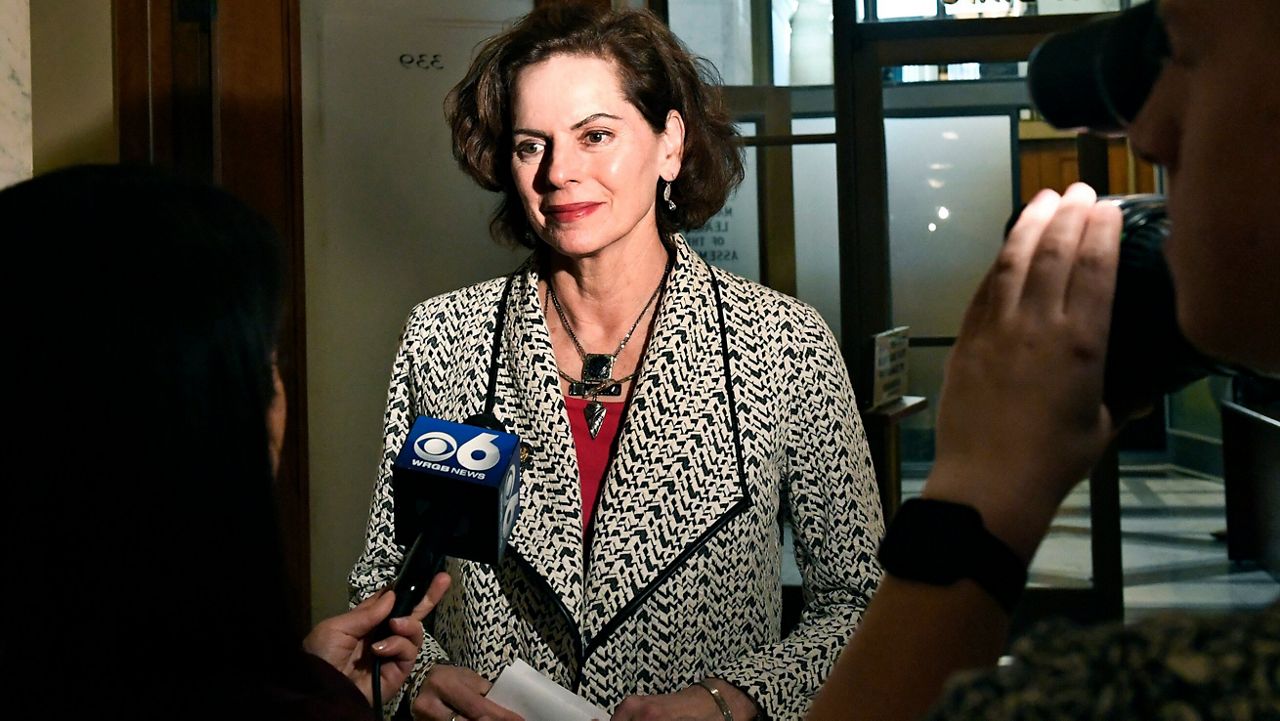
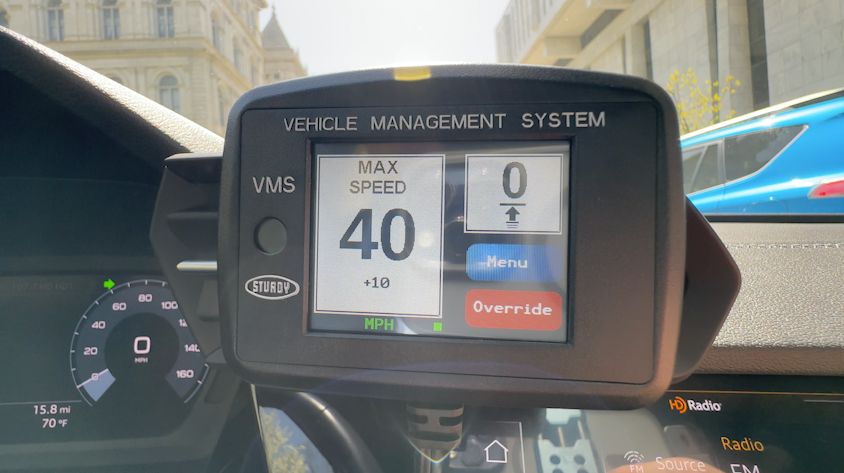
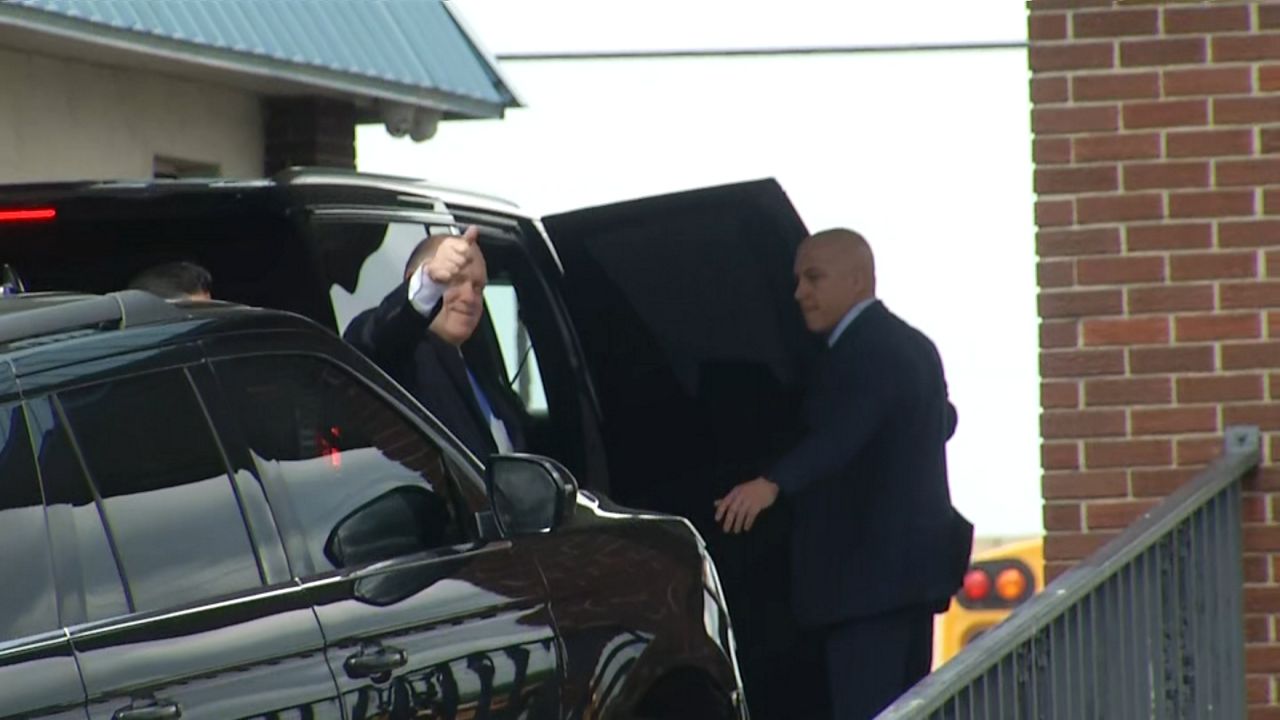
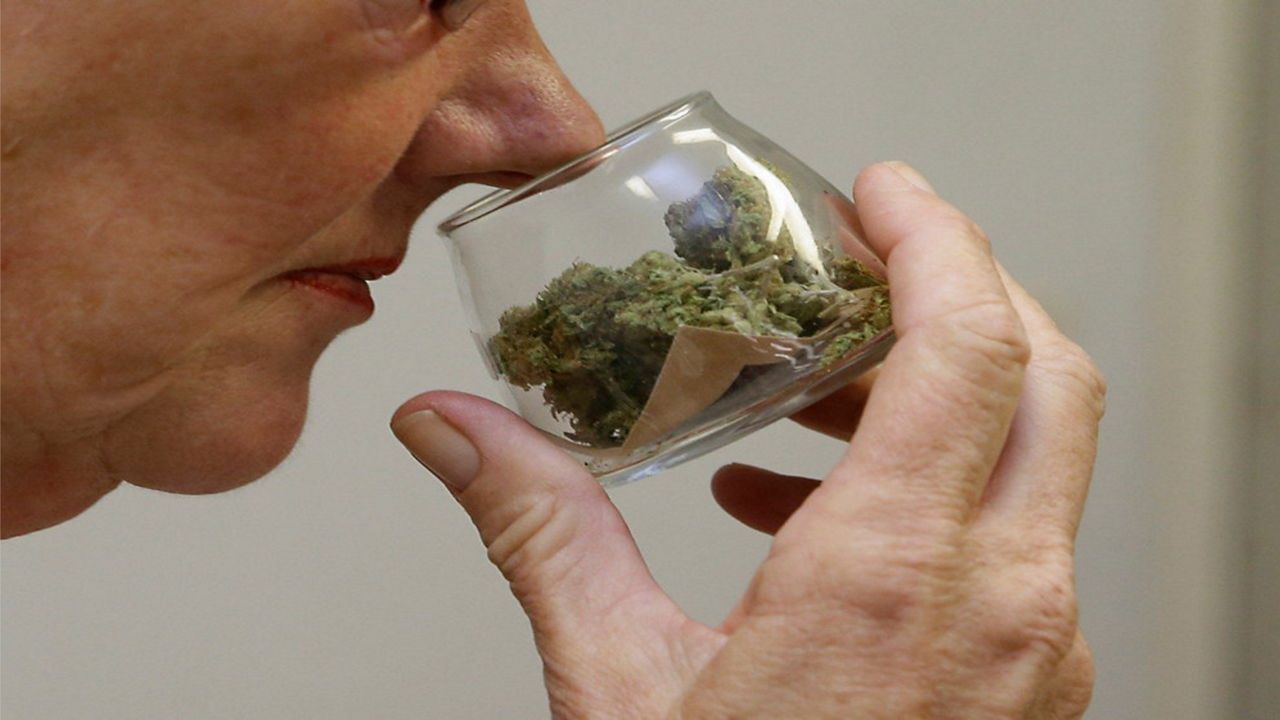
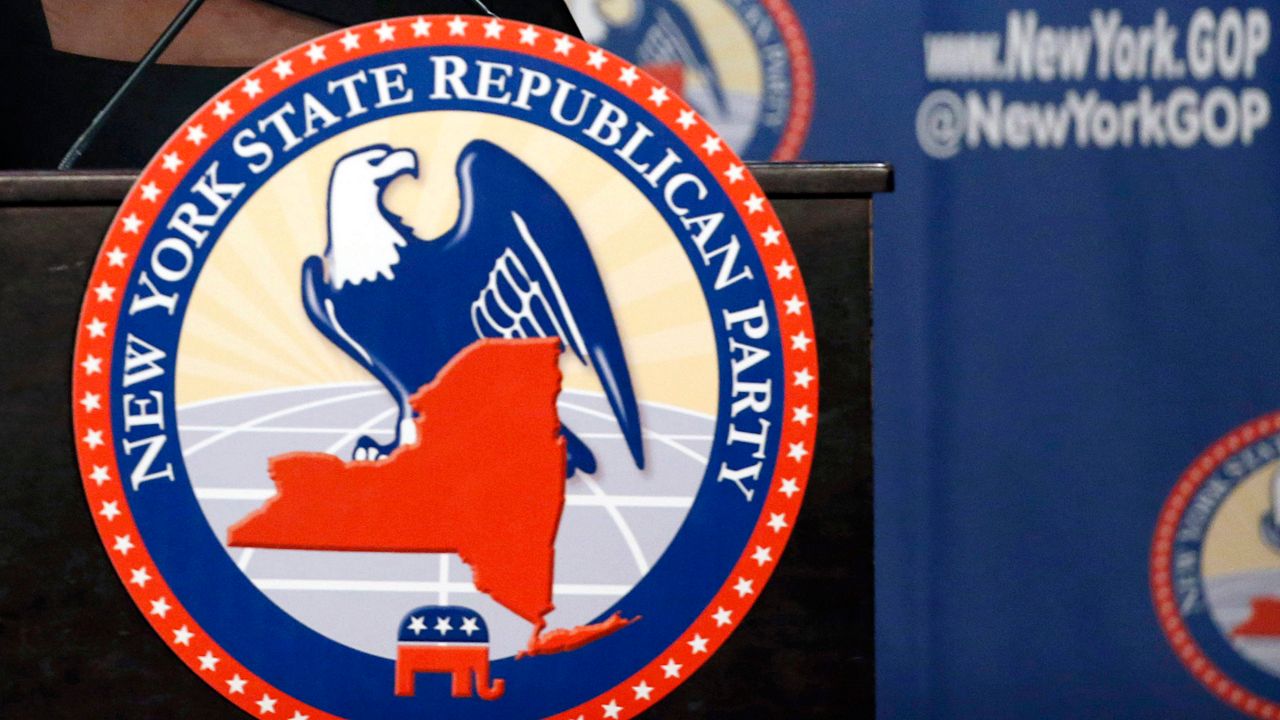
)